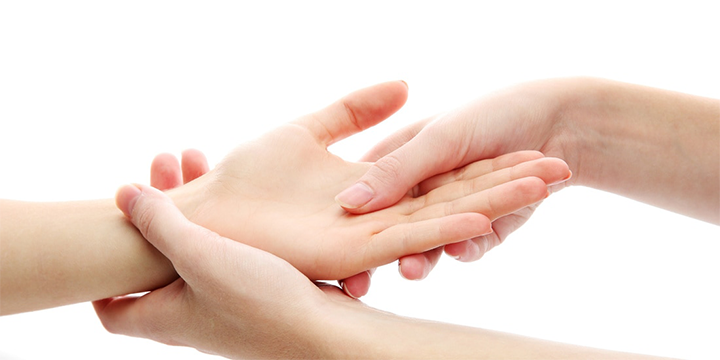What is Rheumatoid Arthritis?
Inflammation of joints causing redness and pain is known as arthritis. Rheumatoid arthritis is chronic autoimmune disorder that affects not only the joints but also skin, eyes, lungs, heart, nerves and blood vessels. It occurs when the immune system attacks the healthy tissues of the body erroneously instead of the foreign particles like virus or bacteria thus causing inflammation. In contradiction to osteoarthritis, rheumatoid arthritis affects the lining of the joints that cause painful inflammation which results into erosion of the bones and deformity of joints. This inflammation may cause impairment of other parts of the body eventually.
What are the symptoms of Rheumatoid Arthritis?
- Swollen joints on both sides of the body; i.e. both hands, both knees, both eyes and so on. This symmetry differentiates it from other types of arthritis.
- Stiffness of joints that seems to get worse in the mornings or after a period of inactivity.
Lethargy and drastic loss of weight, sometimes accompanied by frequent fever. - Early stages of RA affect the hands initially beginning with the joints of the fingers and toes. In the progressive stage, the symptoms of RA spreads to the wrists, ankles, hips, shoulders on both sides of the body.
- Over the time, RA may cause deformity of the joints.
- The symptoms of RA are irregular in frequency and can vary in severity.
Does RA affect only the joints?
More than 40% of the people are diagnosed with RA affecting their:
- Skin
- Eyes
- Lungs
- Heart
- Kidneys
- Salivary glands
- Nerve tissue
- Bone marrow
- Blood vessels
How does physiotherapy help to manage the pain of RA?
Managing Rheumatoid Arthritis with physiotherapy helps in achieving better mobility, strength and performing activities of daily living. Physiotherapy can be helpful reducing pain in the joints and muscles. In most cases, opting for managing Rheumatoid Arthritis with physiotherapy results in:
- Better pain management and control
- Improved ADL
- Increase in range of motion
- Prevent or control wear-and-tear of joints
- Strengthening of joints
- Increased stability
- Better co-ordination of muscles and joints
Procedures followed for managing RA with physiotherapy:
Physio exercises: A proper planned physio workout session involving stretching, strengthening and aerobic conditioning can be highly beneficial to those affected with RA.
Use of modalities:
- Phonophoresis: Phonophoresis is the use of ultrasound to boost the effectiveness of topically applied drugs. It helps to reduce the chronic pain in the joints that is experienced due to chronic inflammation of the affected joints.
- Interferential Current: This involves the application of alternating current signals of variable frequency to infiltrate tissue painlessly.
- Transcutaneous Electrical Nerve Stimulation (TENS): The process of treating pain with the use of mild electric current by inducing endorphin release to reduce the pain.
- Cryotherapy: Application of ice to the region of pain to relieve muscle spasm, reduce spasticity and control swelling in the acute inflammation stage with cold packs, ice massage or vacocoolant sprays also prove beneficial for managing Rheumatoid Arthritis with physiotherapy.
If you need further help or advice, give us a call. TriBeCa Care is happy to be by your side. Request a callback or Call us at + 913366064208.
Email us at enquiry@newwpsite.tribecacare.com
References:
https://www.webmd.com/rheumatoid-arthritis/features/ra-physical-therapy#1
https://www.rheumatology.org/I-Am-A/Patient-Caregiver/Diseases-Conditions/Rheumatoid-Arthritis
https://www.mayoclinic.org/diseases-conditions/rheumatoid-arthritis/symptoms-causes/syc-20353648
https://www.ncbi.nlm.nih.gov/pmc/articles/PMC1395797/

